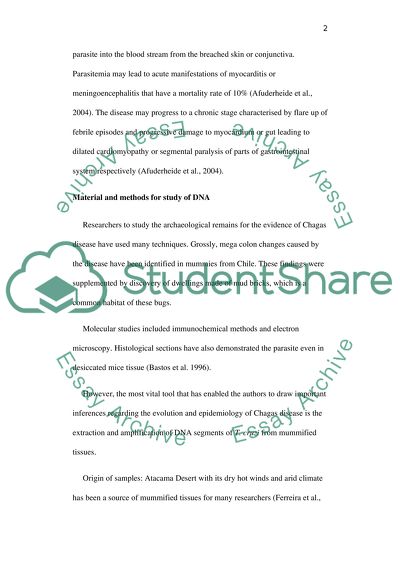Cite this document
(“Chagas Disease Essay Example | Topics and Well Written Essays - 1000 words”, n.d.)
Chagas Disease Essay Example | Topics and Well Written Essays - 1000 words. Retrieved from https://studentshare.org/science/1506407-chagas-disease
Chagas Disease Essay Example | Topics and Well Written Essays - 1000 words. Retrieved from https://studentshare.org/science/1506407-chagas-disease
(Chagas Disease Essay Example | Topics and Well Written Essays - 1000 Words)
Chagas Disease Essay Example | Topics and Well Written Essays - 1000 Words. https://studentshare.org/science/1506407-chagas-disease.
Chagas Disease Essay Example | Topics and Well Written Essays - 1000 Words. https://studentshare.org/science/1506407-chagas-disease.
“Chagas Disease Essay Example | Topics and Well Written Essays - 1000 Words”, n.d. https://studentshare.org/science/1506407-chagas-disease.


